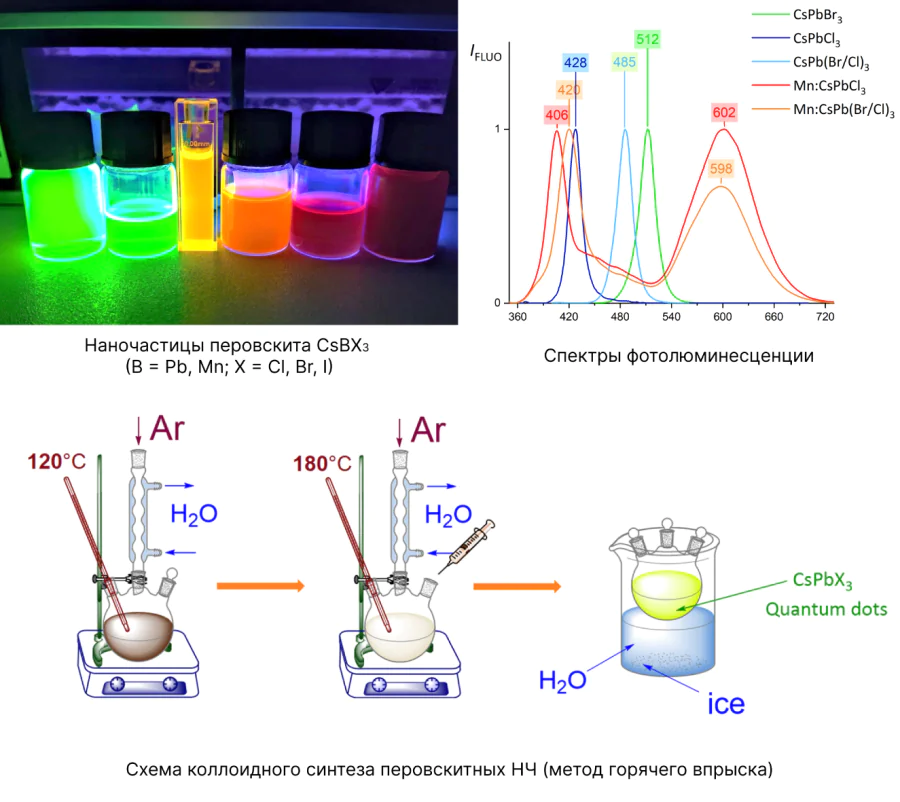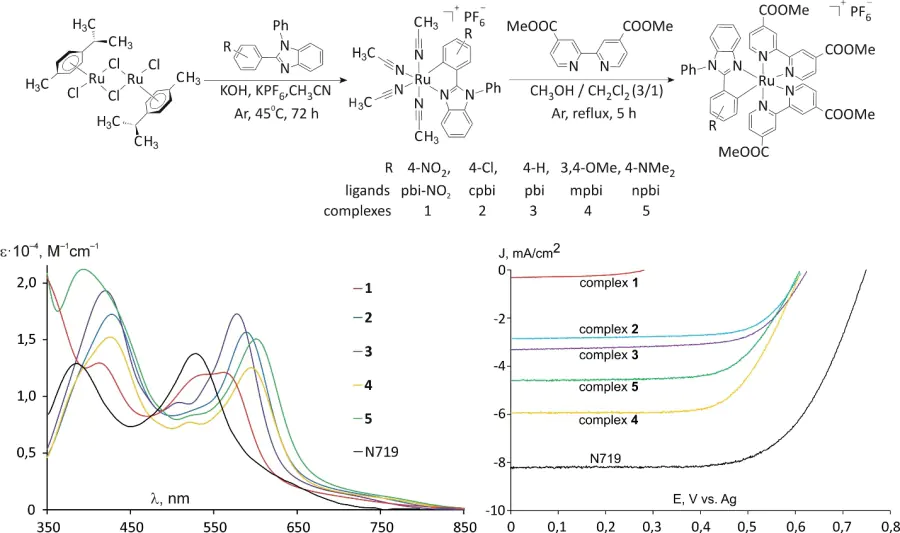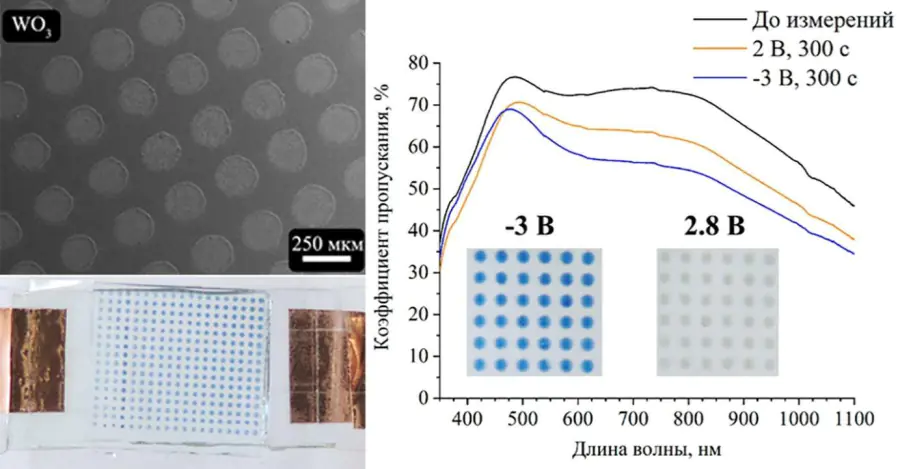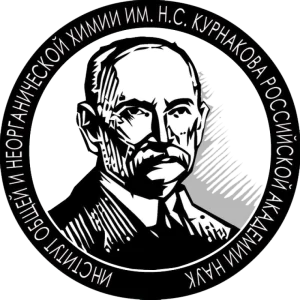Colour Centre IGIС RAS
Created at the IGIС RAS to conduct fundamental and applied research in the field of photonics and solar energy, as well as to collect, systematize and disseminate digital data on the properties of dyes and pigments. Conducting fundamental and applied research in the field of optics, photonics and related fields, development and synthesis of new dyes and pigments, production of optically active substances, phosphors, synthesis of new glasses and crystalline materials, use in innovative devices, as well as the creation and implementation of relevant educational programs . for training students, scientists and engineers. Research staff conduct scientific and technical aspects of the chemistry and physics of dyes, pigments and their intermediates. Emphasis is placed on the properties of colored materials, as well as their applications in the various fields of science and technology or advanced technologies in which they can be used.
- IR spectroscopy
- Luminescence
- X-ray diffraction analysis
- X-ray phase analysis
- UV-vis absorption spectroscopy
- Raman spectroscopy
Research directions
Sergey Alexandrovich Kozyukhin | Alexandra Son

Stanislav Igorevich Bezzubov

Nikolay Petrovich Simonenko






